“Putting on my snowshoes for the first time each winter is like a rebirth. Having done so before many times, the experience still seems new and fresh. I had that feeling again today as I headed out on my snowshoes for the first time this season.” (Jim Joque, 2018 journal)
For many years, I kept a nature journal. I currently write my outdoor adventures and observations in my tenth cloth-bound journal. Occasionally, I page through a volume to look at past details of a trip or to reminisce.
In thumbing through 25 years of pages in my journals (1993 through 2018), I found some passages taking me back to a few snowshoeing adventures that provided me with fond memories. So, here are a few quotes and stories from my outdoor journal that come to mind.
“We were out about 100 yards or so in two feet of snow when Liz (my wife) stopped and said, ‘Is this your idea of fun?’ We turned around and went back to the Center. End of snowshoeing for her.” (Jim Joque, 1993 journal)
Well, not really. Liz and I have since snowshoed a few times, it being a wonderful activity for couples. Her first time snowshoeing was on a pair of traditional wood-framed snowshoes rented from a nature center.
We set out that day, breaking trail through bottomless snow. I looked forward to hiking through scenic wooded hills in Hixon Forest and over the snow-covered La Crosse River Marsh at Myrick Park in Wisconsin. However, my wife’s bindings were not compatible with her boots. She soon gave up after a very short distance.
At the time, my traditional snowshoes were a pair of Green Mountain Modified Bearpaws with leather webbing and neoprene bindings. A couple of years later, I bought aluminum-frame Tubbs Eclipse recreation snowshoes that lasted a long time. Currently, I use the Northern Lites Backcountry snowshoes.
I believe if my wife had better fitted traditional snowshoes or a pair of aluminum-frame shoes for her first time snowshoeing, she may have lasted longer….perhaps another 100 yards.
Read More:
Definitive Guide – How to Choose the Perfect Snowshoes for Your Needs
Snowshoeing Footwear: Tips for Choosing Your Boot
“I bought a pair of snowshoes for Jade (my granddaughter). It amazed me that as soon as she put them on, she took off walking in the snow. She took to snowshoeing like a duck to water.” (Jim Joque, 1999 journal)
I am so glad to have introduced my two granddaughters to snowshoeing at an early age. At that time, Jade was two years old. Four years later, she was six and her younger sister Amber was two.
I took their family on a snowshoeing hike at Wisconsin’s Rib Mountain State Park. It delighted me to see the girls take to the snow. However, halfway up a hill, Amber became tired and ended up getting a free ride over her mother’s shoulder the rest of the way.
It is so important to introduce snowshoeing to children. Snowshoeing provides kids with a healthy recreation that can benefit them for a lifetime.
For several seasons, a co-instructor and I led a weekend snowshoe program for kids and parents at Treehaven, a 1400-acre property of the University of Wisconsin-Stevens Point (UWSP). At this course, we taught basic snowshoe skills, went on nature hikes, played games on snowshoes, and told stories after making s’mores around an evening campfire.
Read More:
Start ’em, Young! Snowshoes for Kids Two to Teens
Trekkin’ with Toddlers: Passing on the Snowshoeing Tradition
“Low and behold, we found wolf tracks. It was very exciting to see actual wolf tracks in the wild. But then, it got even more intriguing. We followed the tracks into the woods about 25 yards or so and found a deer kill. As unpleasant as it was to see hide and head, it was most interesting to see the natural survival instinct of animals in the wild.” (Jim Joque, 2002 outdoor journal)
I participated in a wolf study seminar at UWSP’s Treehaven, where we snowshoed into the backcountry tracking wolves. During the program, our group found wolf tracks in the snow along the trail. We followed the tracks that led to a dead deer. We were most surprised to see how thorough the wolves were in cleaning out their prey.
Observing wildlife in nature on snowshoes can be challenging and exciting. Besides your snowshoes and a daypack with hiking essentials, all you need are binoculars, wildlife and bird field guides, a tracking identification guide, and a camera. Don’t forget a pencil and your journal.
Read More:
A New Found Passion: Wildlife Tracking and Identification
Snowshoeing Close to Home on a Wisconsin Flowage and Wildlife Area
“This is the third year teaching an 8-week snowshoeing college course. It keeps getting better, and students seem more satisfied with the class…probably since we spend more or most of the time outdoors.” (Jim Joque, 2004 journal)
I loved teaching snowshoeing skills to college students. But there was much more involved in the many courses I taught over 17 years.
Once basic skills were mastered, students would hike trails, climb steep hills, and learn about snowshoes, clothing, layering, footwear, winter safety, survival skills, and more. Finally, we split into teams and played games on snowshoes, including ball games, hide-and-seek, racing, and maze challenges.
Most of my snowshoeing classes were weekend, 1-credit courses for UWSP. I also taught an 8-week course, where on our final evening, I took students on a snowshoe hike up Rib Mountain. When reaching the summit, I grilled bratwurst with all the fixings. That was a memorable way to conclude a course.
Read More:
Snowshoeing Pedagogy
Why All Snowshoers Should Be Avalanche Aware (Even Beginners)
“Darkness was about an hour away. But in route, we crossed a creek, and one of my students went through ice…and he was in jeans. So, his boots, socks, and jeans were wet. I decided to return to Balsam campsite, set up tents, start a fire, and get this student into dry clothes.” (Jim Joque, 2005 journal)
I also taught camping and backpacking courses at the university for as long as I taught snowshoeing. In addition to 1-credit weekend courses, I taught a 3-credit introduction to camping and backpacking. I concluded the course with a winter camping trip…often on snowshoes.
The winter trip to Sylvania Wilderness Area of Upper Michigan, where my student went through the ice on a creek, was quite a challenge, given the potential danger for hypothermia and frostbite.
Temperatures were in the single digits. My students acted quickly. I had some of them gather kindling and start a fire, while others set up a tent. I immediately had the wet student change out of his clothing and into dry clothes. He spent that evening at the campfire with his boots hanging on sticks to dry.
Read More:
Book Review: Hypothermia, Frostbite, and Other Cold Injuries
Snowshoeing Education: Safety First
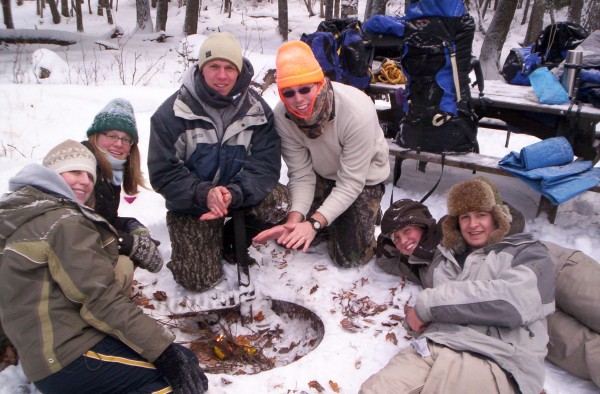
Warming up before setting up camp on a winter trip in the Sylvania Wilderness. A great trip to journal! Photo: Jim Joque
“There were a few stairs that led up to the Roche-A-Cri mound to view the side of the sandstone wall with Native American pictographs. We found them, but they were quite faint.” (Jim Joque, 2008 outdoor journal)
When snowshoeing to explore nature and history, I find it enriching and a learning experience. The places where friends and I have explored trails are vast.
We’ve explored Upper Michigan and Wisconsin state parks, forests, recreation areas, wildlife areas, and state trails. Furthermore, we’ve explored national forests, wilderness areas, and national scenic trails – specifically the Ice Age Trail and North Country Trail. Finally, we’ve explored county and city parks, university land, and conservancy land. The trails, nature, history, and fabulous sights seem never-ending.
The park where a friend and I found the Native American pictographs and petroglyphs was at Wisconsin’s Roche-A-Cri State Park. Our small discovery was significant because it reminded us of the importance of those who lived and cared for the land before us. The geologically unique 300-foot high rock mound is the park’s main feature.
Read More:
Snowshoeing High Elevations in the Midwest: Wisconsin, Minnesota, Michigan
Snowshoeing on a Wisconsin Mountain! Does Wisconsin have a Mountain?
Northern Michigan and Wisconsin Snowshoeing Treasures
“I snowshoed toward the lake. When I got up on a ridge, I found a bench and took a break there. I had a great view looking down on Trout Lake.” (Jim Joque, 2013 journal)
I enjoy snowshoeing trips with friends, and I enjoy taking an occasional trip by myself.
On one such trip in Wisconsin’s Northern Highland American Legion State Forest, I spent the day driving to various designated snowshoeing trailheads to explore a segment on each trail. While here, I visited Crystal Lake, Fallison Lake, Star Lake, Escanaba Lake, White Sand Lake, and Trout Lake.
While hiking on the North Trout Nature Trail, I took a break at a bench that overlooked Trout Lake. Finding benches are rare but a nice stop after spending most of the day on snowshoes. I enjoyed looking down on a frozen lake and at the winter scenery of snow-topped conifers.
Read More:
Snowshoeing Michigan’s Upper Peninsula in Escanaba
Your Brain on Nature: A Book Review of ‘The Nature Fix’
“The 10K race started at 10 AM with 16 racers. There were 86 5K racers who started at about 10:20. I stood beyond the starting area about 50 or so yards to point the way…followed by my spot later for pointing the way to the finish line.” (Jim Joque, 2016 journal)
Snowshoe racing is an integral part of snowshoeing sports. Its popularity has grown in the past couple of decades, bringing athletes and spectators together at community events.
The United States Snowshoe Association (USSSA) has contributed greatly to keeping snowshoe racing active and alive. During the winter season, races are held regionally around northern parts of the country, culminating with the USSSA National Snowshoe Championships.
For six years, ending in 2017, Treehaven sponsored the “Treehaven Tromp” snowshoe races. A little over 100 racers from around Wisconsin and beyond participated annually for 5K and 10K racing events.
Many participants were from the regional Braveheart Snowshoe Racing Series. At the time, Treehaven Tromp was a qualifying race for Braveheart and USSSA and a local race. I did not compete, but I did work the start and finish lines.
In addition to snowshoe racing, other snowshoeing community events include candlelight hikes and moonlight hikes. Furthermore, these events are often sponsored by nature centers, parks, recreation programs, and schools. Attending such events is worth writing in your journal.
Read More:
Choosing Running and Racing Snowshoes Starts Here
Tomahawk’s Treehaven Tromp Tracks Twisted Terrain at USSSA Qualifier
Braveheart’s Snowshoe Series Championship a Solid Success
Maintaining an outdoor-nature journal has provided me with records and memories, and I hope to continue recording activities and events for years to come. My journals also remind me how time goes by and how important it is in finding a quiet place to reflect on occasion. I did just that on my 50th birthday many years ago.
“Liz said, ’What do you want to do for your birthday?’ I just wanted to spend the afternoon snowshoeing on Rib Mountain. So on my 50th birthday, I took my snowshoes, bought a Turtle candy bar (my favorite), and headed up Rib Mountain by myself. At the first bench, I stopped and ate my Turtle bar. I was captivated by the natural beauty of the forest, fresh with its thick blanket of snow. This moment gave me time to enjoy the winter views of Rib Mountain and also to reflect on my 50 years. I felt in harmony with my immediate winter surroundings and complacent with my point in life.” (Jim Joque, 2000 journal)
Read More: Snowshoeing for Seniors: Into Your 70s and Beyond
Do you keep a journal and do any outdoor journaling? Also, what are some of your favorite memories over the years? Please feel free to share any thoughts with us in the comments below.
This article was originally published on Jan 13, 2019. Then, it was updated on Jan 17, 2021.

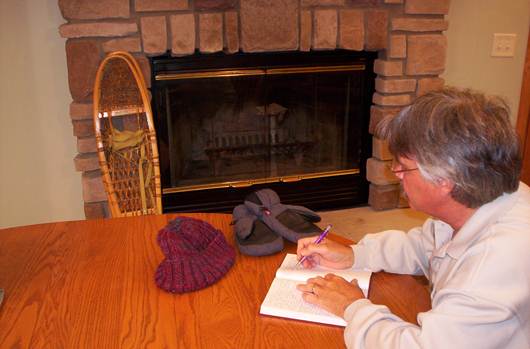
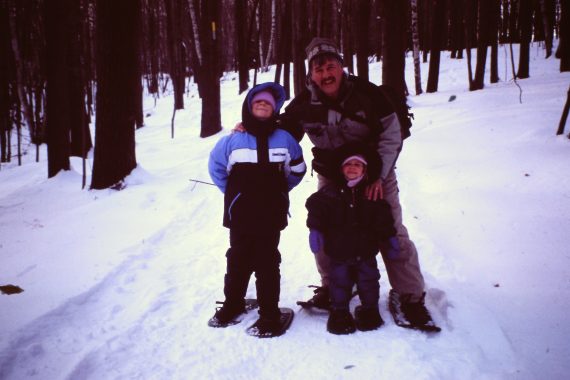
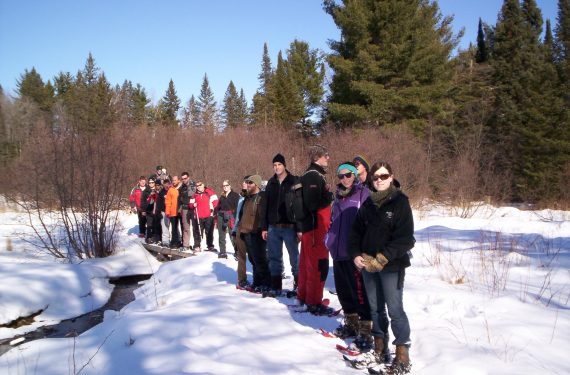
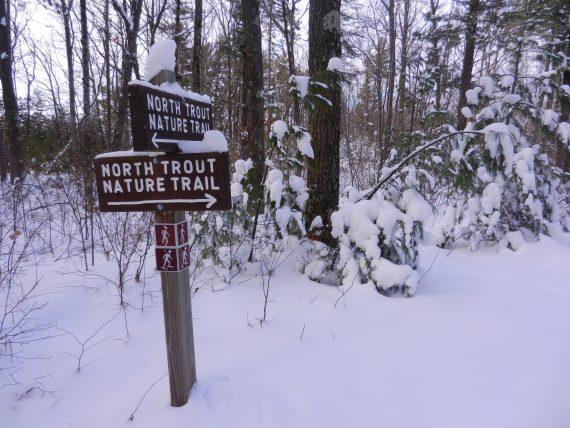
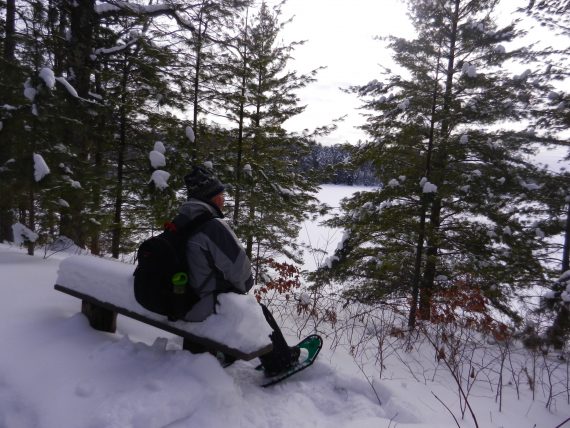
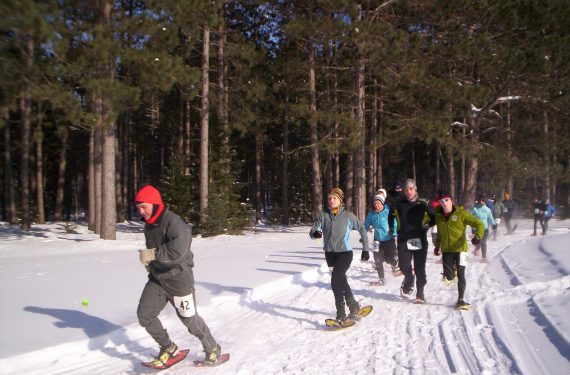
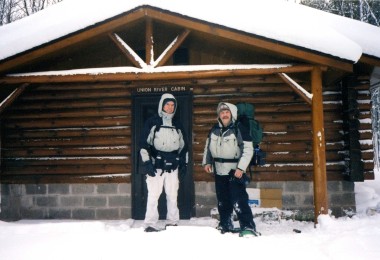
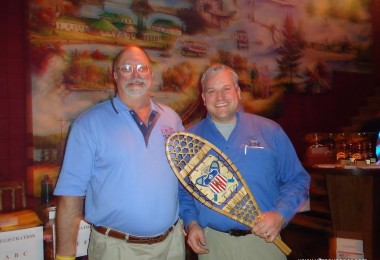
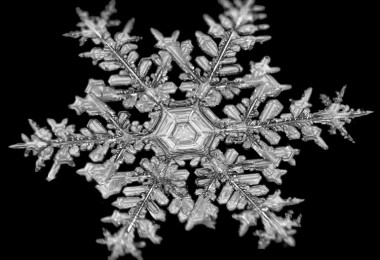
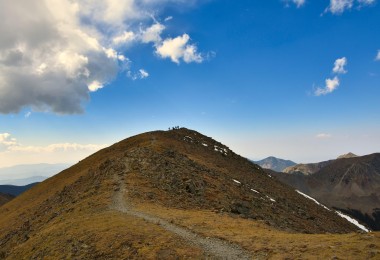

Leave a Comment